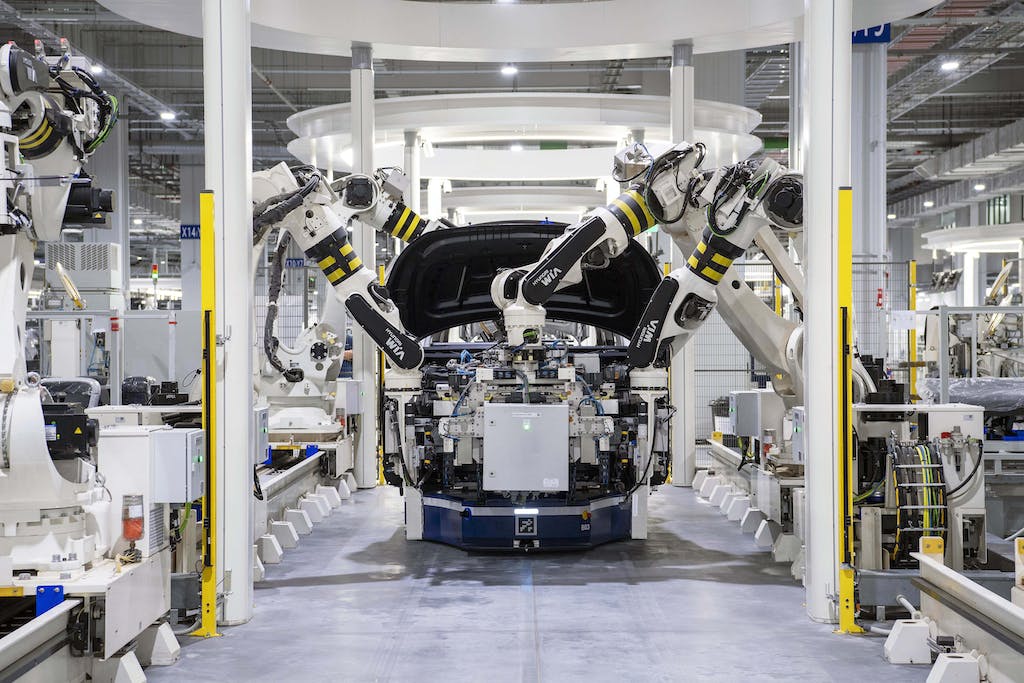The electronics and robotics industry is at the forefront of innovation. Yet, it faces significant environmental challenges. Sustainable manufacturing aims to minimize these impacts. It focuses on reducing waste, conserving resources, and ensuring the well-being of workers and communities. FAT FINGER software emerges as a pivotal tool in this quest. It empowers front-line teams to excel in their tasks. With its robust features, FAT FINGER streamlines operations, fostering sustainable practices.
The Environmental Impact of Electronics and Robotics Production

Electronics and robotics production can be resource-intensive. It often involves hazardous materials. The waste generated can harm ecosystems. Energy consumption is another concern. The industry must address these issues to protect our planet.
Key Principles of Sustainable Manufacturing Practices
Sustainable manufacturing rests on several key principles. First, it prioritizes the efficient use of resources. It also emphasizes the reduction of waste and pollution. Moreover, it advocates for the use of renewable energy sources. Lastly, it supports the health and safety of workers and communities.
Innovative Technologies Driving Sustainability in Electronics and Robotics
Innovation is the lifeblood of sustainability in electronics and robotics. Technologies like 3D printing reduce material waste. Automation and AI optimize production processes. IoT devices monitor and manage energy use. These innovations are crucial for a greener future.
Case Studies: Success Stories in Sustainable Manufacturing of Electronics and Robotics
Several companies have made strides in sustainable manufacturing. For instance, a leading electronics manufacturer reduced its carbon footprint by 40%. A robotics firm achieved zero waste to landfill. These success stories inspire others to follow suit.
The Future of Green Manufacturing in the Tech World: Challenges and Opportunities
The road to green manufacturing is not without its challenges. However, it also presents opportunities. Companies can innovate and gain a competitive edge. They can also contribute to a more sustainable world. The future looks bright for those who embrace green manufacturing.
The Environmental Impact of Electronics and Robotics Production
The production of electronics and robotics has a significant environmental footprint. From the extraction of raw materials to the disposal of end-of-life products, each step can contribute to pollution, energy consumption, and waste generation. The industry is responsible for a considerable amount of electronic waste (e-waste), which poses a threat to both the environment and human health due to the toxic substances it contains.
Key Principles of Sustainable Manufacturing Practices

To mitigate these impacts, the industry is turning to sustainable manufacturing practices. These practices are built on principles such as resource efficiency, which aims to use materials and energy more effectively. Waste reduction is another critical principle, focusing on minimizing the waste produced during manufacturing and promoting recycling and reuse. Additionally, sustainable manufacturing involves designing products for a longer lifespan and easier end-of-life management.
Innovative Technologies Driving Sustainability in Electronics and Robotics
Innovative technologies are key drivers of sustainability in the electronics and robotics industry. For example, advanced robotics and automation can optimize production lines to reduce waste and improve energy efficiency. The Internet of Things (IoT) enables real-time monitoring of resource use, helping manufacturers to identify and address inefficiencies. Moreover, new materials and design approaches, such as modular electronics, facilitate repairability and recyclability.
Case Studies: Success Stories in Sustainable Manufacturing of Electronics and Robotics
There are numerous success stories in the realm of sustainable manufacturing. Companies like Fairphone have made a name for themselves by producing modular smartphones designed for longevity and easy repair. Another example is the use of renewable energy in manufacturing facilities, with some leading tech companies now running their operations entirely on green energy.
The Future of Green Manufacturing in the Tech World: Challenges and Opportunities
Looking ahead, the future of green manufacturing in the tech world is filled with both challenges and opportunities. One of the main challenges is scaling up sustainable practices to meet the growing demand for electronics and robotics. However, this also presents an opportunity for innovation and leadership in the development of green technologies and processes.
Conclusion
Sustainable manufacturing in the electronics and robotics industry is an evolving journey. It requires commitment, innovation, and collaboration. FAT FINGER plays a critical role in this transformation by enabling teams to implement and adhere to sustainable workflows. With features like the Drag & Drop Workflow Builder and AI Coaching, FAT FINGER is an ally in achieving operational excellence with a green conscience.
Are you ready to take your manufacturing processes to the next level of sustainability? Sign up for FAT FINGER or request a demo today, and join the ranks of forward-thinking companies leading the charge in sustainable manufacturing.


